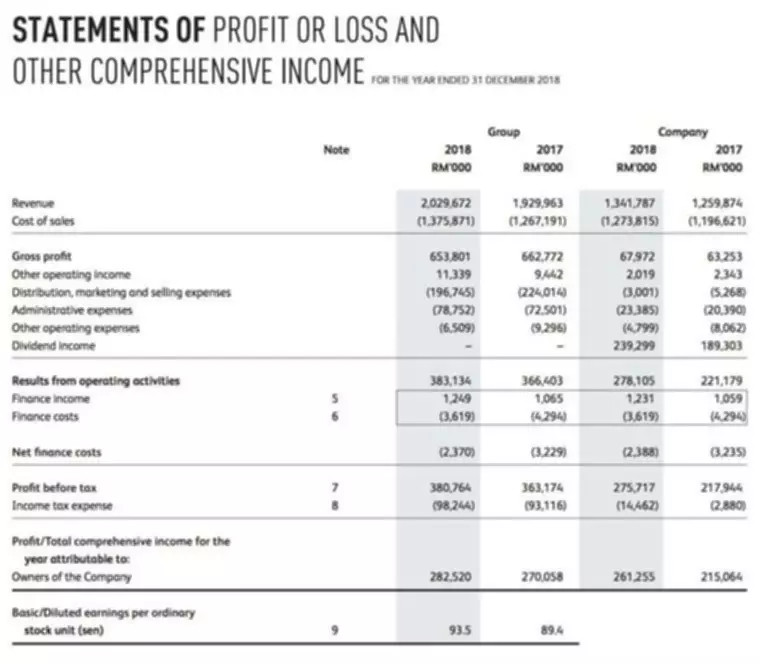
Notícias
Percentage-of-sales method definition
Content

She decides she wants to put together a rough financial forecast for the future, so she opts to leverage the percent of sales method. Now that she has the relevant initial figures, she can move on to the next step. This takes the credit sales method a step further by calculating roughly how much a company can expect not to be paid back from customers if they haven’t paid their credit sales after 90 days. So it’s not a perfect metric, but for those businesses that use it, the percentage-of-sales method can be a useful predictor of future sales revenue.
- Tracking the ratio is helpful for financial analysis as the store might need to change its credit sales policy or collections process if the ratio gets too high.
- Using the financial statements, DFN determines the difference between the projected total assets and the projected total liabilities plus the owner’s equity.
- Lenders also find this to be a useful metric for determining how much external financing a business can reasonably pay back.
- Knowing how to calculate sales growth can tell you whether you are doing as well as or better than your peers.
- First, it reduces the value of the receivables to the amount of cash expected to be realized in the future.
- Companies with credit sales will want to keep tabs on their accounts receivable to ensure bad or aged debt isn’t building up.
- Best practices when using the Percentage of Net Sales Method include regularly monitoring sales figures and inventory levels to ensure accurate reporting and compliance with tax regulations.
This is the margin for the product; the expense ratio gives you the percentages to target in sales strategies. For example, you could assess the expense ratio of a picture frame. If the cost to buy the frame is $3 and the frame sells for $10, the expense ratio is 30 percent. Compare this to a more expensive frame that costs you $5 but sells for $25 with an expense ratio 20 percent. The lower the percentage or ratio, the better the profitability for the company.
How to Use Regression Analysis to Forecast Sales: A Step-by-Step Guide
In this example, assume overall economic growth will improve collections by 0.1 percent. As we will see later the balance in the Allowance for Uncollectible Accounts is simply a result of the entry to record the estimated uncollectible accounts expense for the period. Companies with credit sales will want to keep tabs on their accounts receivable to ensure bad or aged debt isn’t building up.
- The company then uses the results of this method to make adjustments for the future based on their financial outlook.
- The percentage-of-sales method is a financial forecasting model that assesses a company’s financial future by making financial forecasts based on monthly sales revenue and current sales data.
- Despite this, understanding certain financial terms, how to calculate them, and what they mean for your business is important.
- Thus, these three are the important steps that are to be followed while computing the percentage of sales to forecast working capital values of financial statements.
- Understanding how quickly customers pay back credit sales over different periods, such as 30, 60, and 90 days, also helps.
If your sales were higher in the same period last year, the economy, and not your sales strategy, may be to blame. Instead, you might compare sales from two successive fiscal years ending on March 31st. You would compare an earlier, lower sales period with a later, higher one. For example, you would not compare net sales from one quarter of one fiscal https://www.bookstime.com/articles/percentage-of-sales-method year with the whole year from another. A financial professional will offer guidance based on the information provided and offer a no-obligation call to better understand your situation. Our mission is to empower readers with the most factual and reliable financial information possible to help them make informed decisions for their individual needs.
What Does Percentage of Sales Method Mean?
Journalize the entries to establish each Note Receivable and to record the collection ofprincipal and interest at maturity. Include a single adjusting entry on December 31, 2018, the fiscal year-end, to record accrued interest revenue on any applicable note.Explanations are not required. When it comes to step costing, think of a variable cost that doesn’t change steadily with increased volume. For example, a purchase discount may be implemented once a specific count has passed, say 10,000 units per year. There are a few different ways that a percentage can be calculated.

She operates a specialty cake, army bed, cinnamon roll shop called “Bunsen’s Bundt, Bunk Bed, Bun Bunker” or “B6” for short. We’ll use her business as a reference point for applying the percent of sales method. When the percentage-of-sales method doesn’t cut it, there are a couple more ways to determine a business’ financial outlook. First, Jim needs to work out the percentage that each of these line items represents relative to company revenue. But even for bigger companies, the percentage-of-sales method may not work as well if they’ve had a big change in operations or structure that’s taken place to drive more sales.
Step 1: Definition of Bad Debt Expenses
Sales growth is usually calculated for a single company across two or more fiscal periods. It’s also possible to develop net sales for an entire country or region during a designated period. It also allows for more accurate financial reporting and tax compliance.
